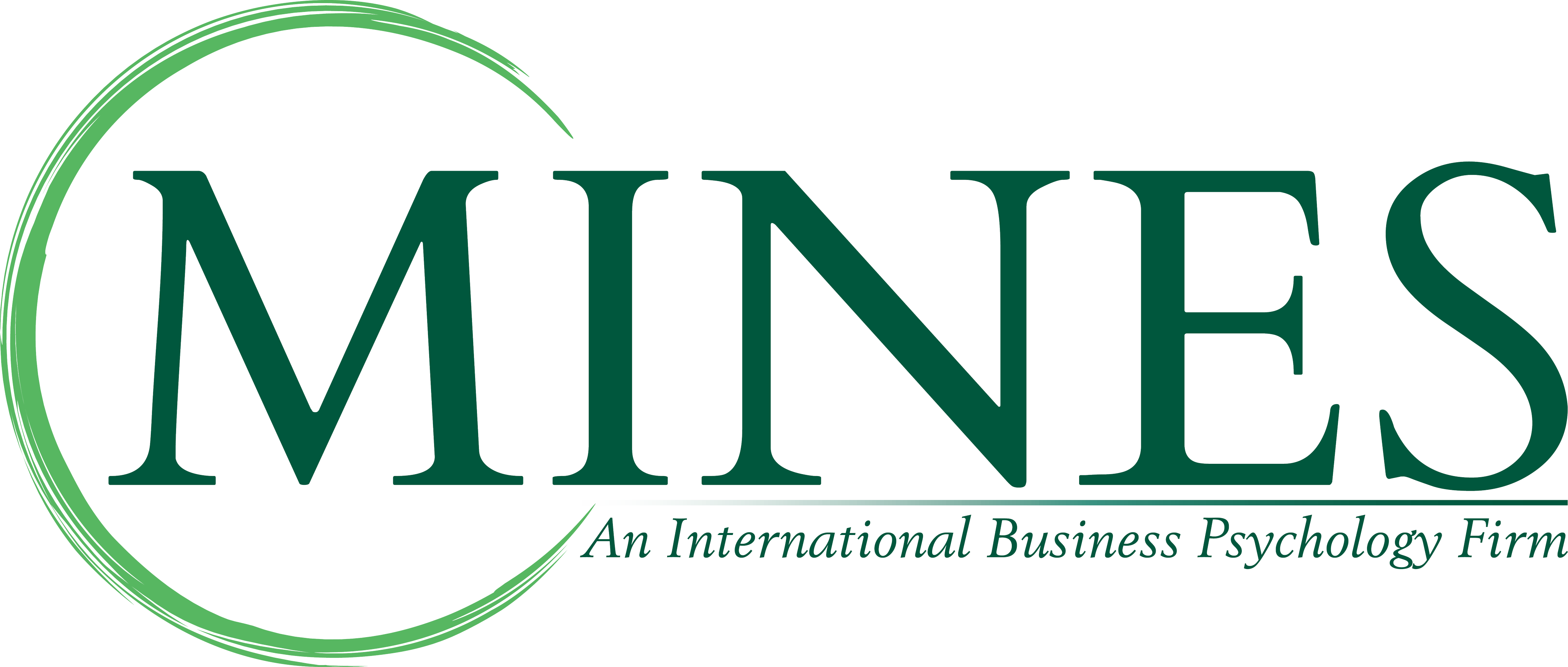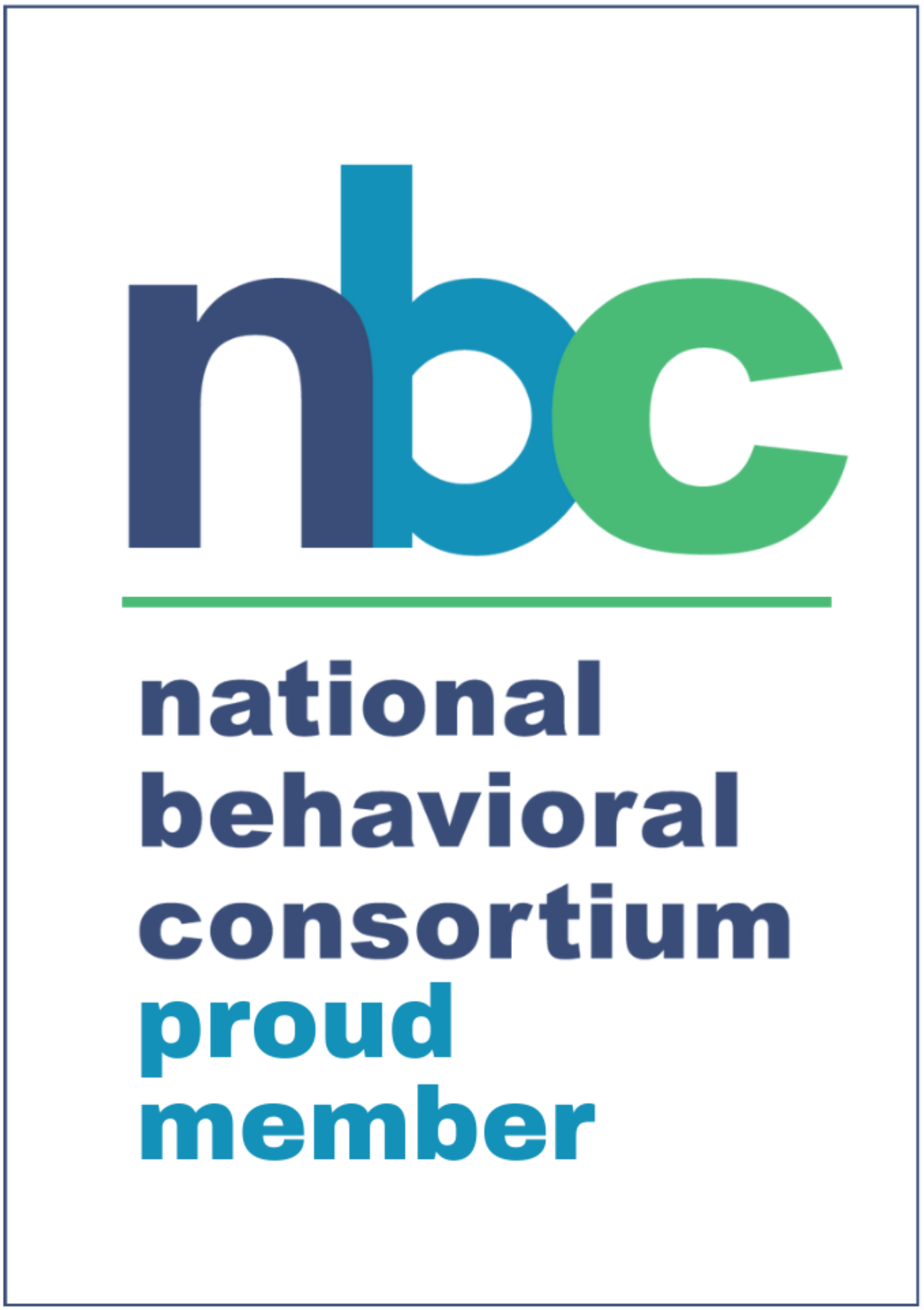Dan Siegel, M.D., has described a system as an integration of energy and information. In his lectures and recordings, he goes on to say that this is the one time in his life he was able to get 30 academicians to agree on something.
This definition has significant implications for the psychology of performance at the individual as well as the organizational level. If difficult people in our organizations are those whose behavior, cognition, or affect interfere with the integration of information and/or energy, then we now have another schema to interpret the situation and the impact on the system. For example, if someone is depressed, their energy is lower. How does this present itself in the work group and what effect does the lower energy have on the group’s energy as a whole? We know from the social psychology of comparison, emotional contagion, and the neurology of mirror neurons that the other team members’ energy will be lowered and therefore the productivity of the team may be lower. The converse is also true. In this situation, what if there is too much energy going into the system? If there is a workaholic team member, the team will experience stress, potential energy overload, and subsequent burnout or turnover.
How does information affect a system? Information is central to a system self-regulating – whether it’s the pace and flow of patients through a medical facility, financial information, or any set of data incorporated into a dashboard. If the information is late, corrupt, or in any way not accessible performance can suffer significantly. What if there is too much information? In this case, there is an extensive body of research on choices essentially stating that the more choices a person has beyond 3-5; the more inefficient they will be in making a decision – up to and including not deciding at all. In most of the organizations we consult with, the leadership has to make complex decisions regarding ill-structured problems on a regular basis. The quality and quantity of the information just keeps flowing and the decision makers may not have the opportunity to step back and evaluate what they really need to lead the organization while finding themselves in analysis paralysis.
Take the time to step back and evaluate your organization or individual performance from this perspective and see if it provides you with some new insights. Let us know what you discover.
Have a day filled with love and happiness,
Robert A. Mines, Ph.D.
CEO & Psychologist







Leave A Comment